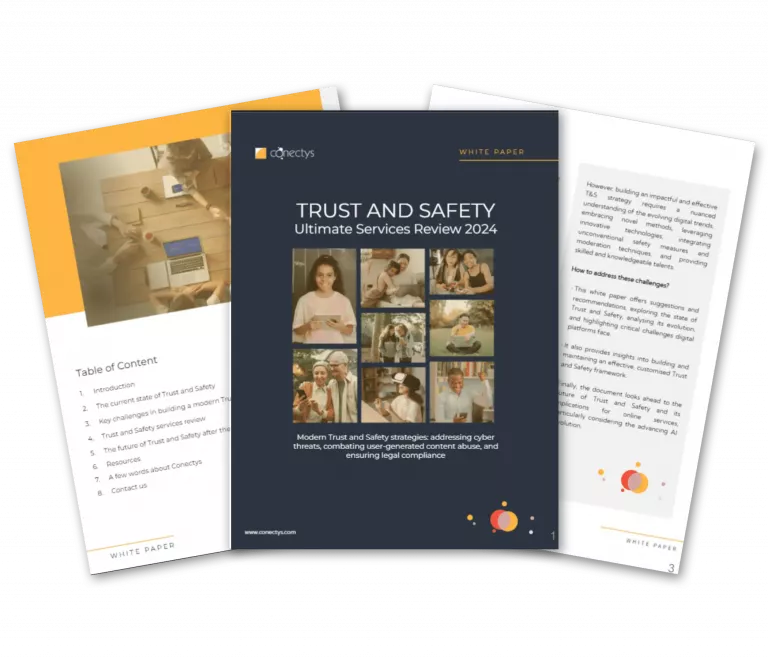Ever wondered why your customer service experience varies so dramatically between brands? The secret often lies in whether you’re dealing with a traditional call center or a modern contact center—and the difference is pretty game-changing.
What Is a Contact Center?
A contact center is a centralized hub where organizations manage all customer interactions across multiple communication channels. Unlike traditional call centers that focus solely on phone calls, these modern solutions handle customer communications through phone, email, live chat, social media, SMS, and other digital channels.
Think of it as your customer service superpower—where agents can seamlessly switch between channels while maintaining complete visibility of your customer’s entire journey. Whether someone starts a conversation via web chat and then calls, or sends a social media message before emailing, the software ensures nothing falls through the cracks.
Traditional vs. Modern Contact Center: Understanding the Evolution
Here’s where things get interesting. While call centers handle communications by voice calls only, modern solutions manage communications via phone, SMS, email, and social media. The average customer now uses 10 different channels to communicate with companies, with email being the top choice (64% of customers), followed by website chat (47%).
Call centers are essentially the older sibling—they focus on voice-only interactions and call metrics. Modern customer service hubs represent the evolution, prioritizing customer engagement across all touchpoints with multichannel analytics.
Why This Matters for Your Business
Modern customers expect you to meet them where they are. Research shows that 86% of customers want effortless switching between channels during their service journey. Without an omnichannel approach, you’re essentially asking customers to restart their story with each new agent—frustrating, right?
These comprehensive solutions deliver:
- Unified customer data across all channels
- Seamless handoffs between communication methods
- Complete interaction history regardless of touchpoint
- Improved first-call resolution rates
How Modern Customer Service Hubs Work
Today’s platforms leverage advanced technologies including artificial intelligence, predictive analytics, and cloud computing. Cloud-based solutions are particularly popular, with 36.3% of organizations currently using them—a number expected to double to 71.9% soon.
The magic happens through integration with your existing systems. When a customer contacts you, agents get a 360-degree view of their journey, previous interactions, and preferences. This unified approach eliminates silos and ensures consistent service delivery.
Essential Components for Success
Effective management requires several key elements:
- Workflow systems that route interactions intelligently
- Automation for routine tasks and responses
- Analytics to track performance and identify improvement opportunities
- Tools for agent productivity and customer data management
- Workforce management for optimal agent scheduling
Measuring Success: Key Performance Indicators
Performance depends on tracking the right metrics:
- Customer satisfaction scores (CSAT)
- First contact resolution rates
- Average handling time (AHT)
- Net Promoter Score (NPS)
- Cross-channel engagement rates
These metrics help you understand whether your agents are delivering the seamless, efficient service your customers expect.
The Future Is Omnichannel
An omnichannel approach isn’t just a nice-to-have—it’s essential for staying competitive. When customers can start conversations on one channel and continue them on another without repeating themselves, you’re delivering the kind of effortless experience that builds loyalty and drives revenue.
Ready to transform your customer service with a comprehensive solution? We help businesses deliver seamless omnichannel experiences that keep customers coming back for more. Let’s talk.


